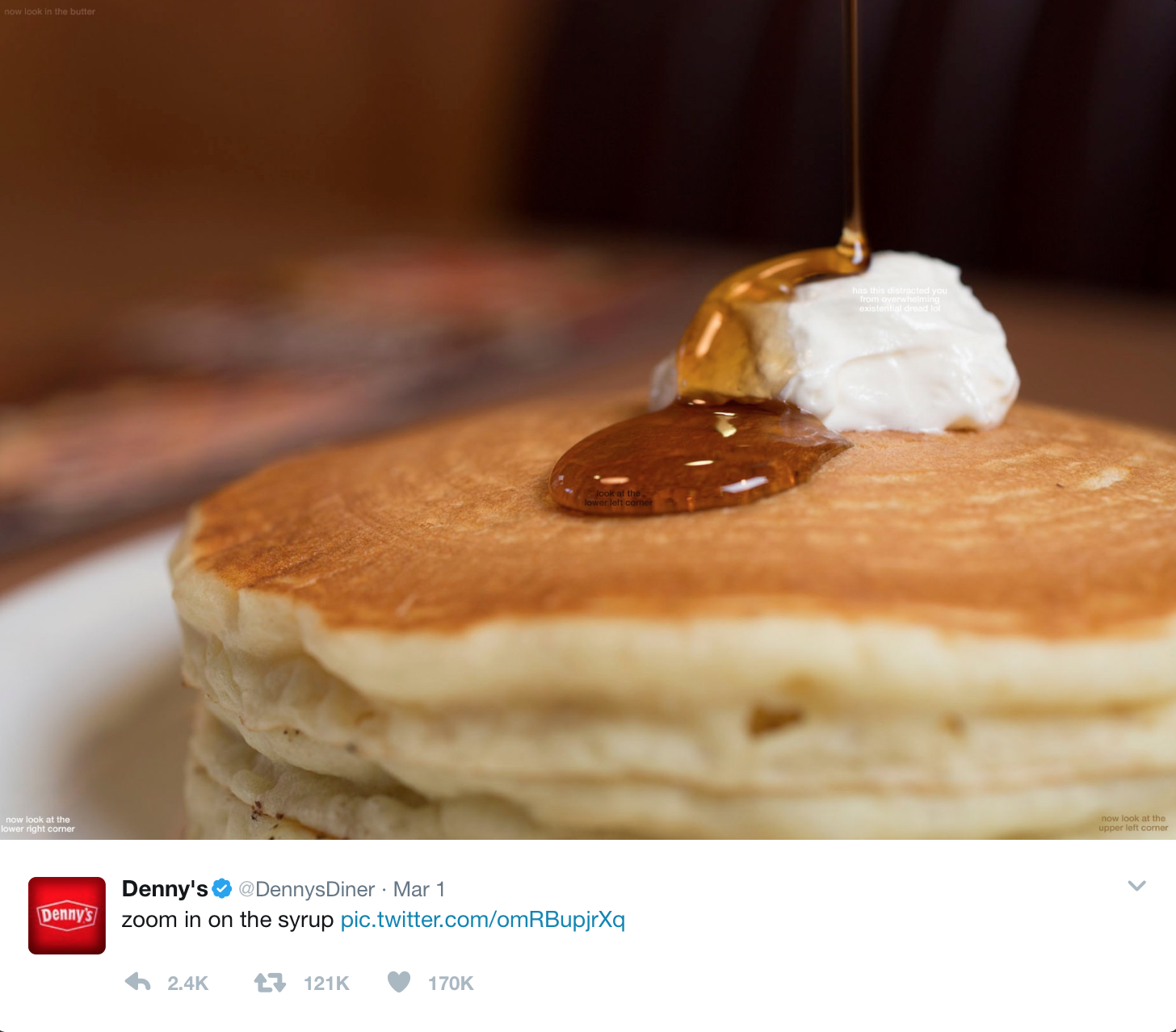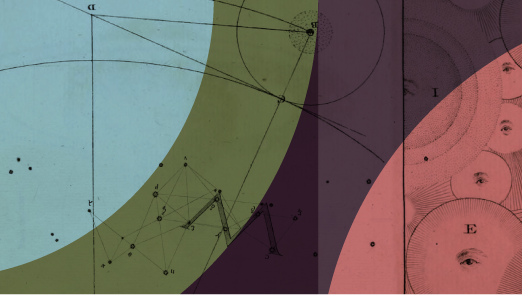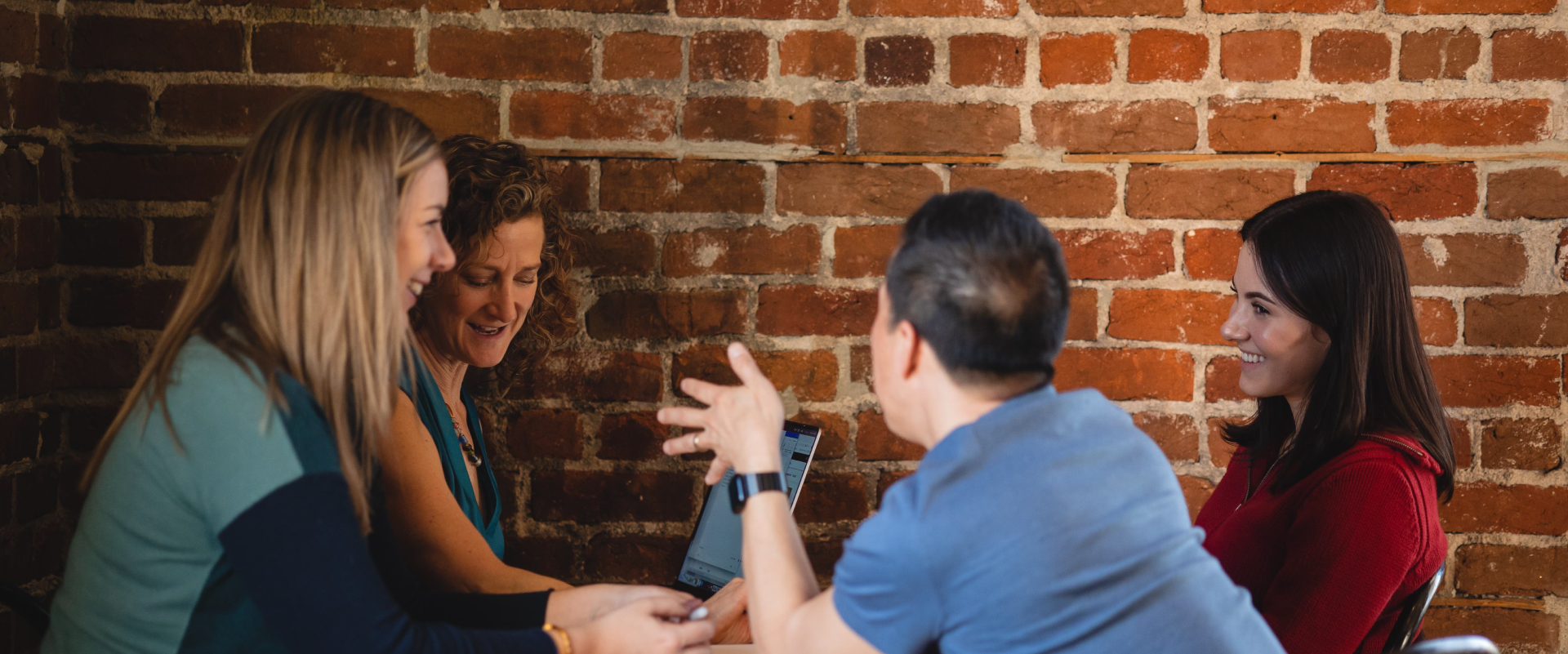During a recent workday, a copy of the Reno Memo came to my inbox.
Now I’ll admit: I totally LOVE me some Reno Memo. I read it religiously, and I even frequently LOL — even though my personal online LOLing is typically reserved for watching cats-gone-wild videos on YouTube.
But enough about me and my sad, sad future wearing oversized, pilled-up sweaters and wrangling 30 cats in a tiny apartment. (Nope, no insecurities here. Nothing to see. Move along.)
 So anyhow, this particular Reno Memo had a link to this tweet. Essentially, a random dude (read: science fiction, horror and scriptwriter) had decided that every story in the history of forever would be far more compelling if the second sentence were the following:
So anyhow, this particular Reno Memo had a link to this tweet. Essentially, a random dude (read: science fiction, horror and scriptwriter) had decided that every story in the history of forever would be far more compelling if the second sentence were the following:
“And then the murders began.”
Simple enough, right? But it works. Like, CRAZY well. I even tried it on a few children’s books, and the results were equally creepy, compelling and amazing.
The Great Audience Engagement Experiment
So I shared this on our Facebook page. As I hoped, we got some hilarious responses, and people seemed to have some fun with it. For us, this satisfied a few of our primary goals of our social media page: to have fun, to spread fun, to share stories, to enlighten.
But it wasn’t until the next day, when we received this email from one of our totes amazeballs clients, that we understood the true extent of our engagement.

Yes, our client had interacted on our social media page, played along — and then the next day, circled back to our fun activity. In another medium altogether, no less!
This led us to an internal conversation about audience engagement. And yes, I realize this is one of the go-to, oft-reviled “jargon” expressions that drive people nutso.
But I’d suggest the following: It only drives you nutso and serves as jargon if you don’t define it for yourself. If it’s nebulous and lofty and without any specific measurables, then it’ll take its place as the watered down, buzzword piece of crap that you thought it was in the first place.
Audience Engagement in Practice
So here’s something that’s really going to make you crazy: Your definition can and should change often. Certainly for every client you touch, if you have more than one. But also — and here’s the mind-blowing part — for every marketing tactic.
Perhaps obviously, Facebook engagement is far different from print ad engagement. But even crazier: It’s also different from Twitter engagement, even though both are examples of social media.
Let’s take Dennys as a quick case study. First: If you’re not following them on Twitter, just do it now.
Seriously. I’ll wait.
Back? Good. Ok now, check out this post:

“Zoom in on the syrup,” the Twitter follower is instructed. This leads to a series of other instructions based on teeny-tiny print found in different parts of the pic — and finally, a pretty funny payoff embedded in the dollop of butter. So what’s the goal of this social media experience? Was it a grand conspiracy to waste time — or a tongue-in-cheek scavenger hunt?
Do you think they defined “engagement” as following the instructions? I would think the answer to that is “not necessarily.”
What’s the engagement metric? Likely it’s a spectrum, ranging from low engagement to high:
- The post evokes emotion. In this case, a laugh. That compels people to keep playing.
- The reader plays along. He or she decides to have some fun and follow the train of thought.
- The reader assigns personality to the brand. In this case, the “voice” in the post is definitely full of personality, and this is where it becomes almost like a micro-relationship — you’re connecting with the humanity of the post.
- The brand is enhanced, first through loyalty. Someone signs up, follows, “likes,” etc.
- The reader shares. This may be the ultimate prize for them, because they want to expand their reach.
- The brand is enhanced, now through money. Actually, no, here is the ultimate prize: Because Denny’s wants you driving home from work tonight only to suggest the family hop in the car to go get a Grand Slam or Moons Over My Happy. Or both. Preferably both.
So the engagement spectrum was broad, and went all the way from a simple chuckle to plopping down a few 10-spots for a meal for a party of 12. (Full disclosure: It’s possible it’s been a long, long time since I’ve been to Dennys, so I may be sorely underestimating pricing for a Grand Slam.)
Regardless, they did get 121,000 retweets and 170,000 likes, so I’d say that’s a good day in the Twitterverse.
Audience Engagement Means Different Things
So the point here is: Not only is engagement different per tactic, but it also will likely have a range of engagement levels. And that’s perfectly ok.
Not every tactic has to be an engagement homerun. Nor should it be. Part of your goal as a communicator is to try a few out, see what resonates and then use that as a model of sorts.
But yeah, it’s a model you’ll have to break and rebuild almost constantly.
I’m making you nutso again, aren’t I?
Audience engagement is not a static thing. It’s the most versatile, dynamic, mobile, crazy-making aspect of marketing. But I would suggest that your goal is always to be keeping its core idea in the back of your mind. Ask yourself, before you tweet or design an ad or post on Insta or create on online poll: For this specific tactic, what are the range of responses I can get, how do I measure them, and what will be the pay-offs for each one?
That’s the first step.
Yes, roughly 843,235 words later (give or take), I’ve defined the first step.
And that, my friends, is the crazy-making nature of audience engagement.
We’ll be coming back to this topic again, because there’s much, much more to the topic. But, you know, YouTube and the catnippy cats are a-callin’.
Oh, and hey: One more thing. Remember that idea that any good story can be enhanced by adding “And then the murders began” after the first sentence?
Well try adding that line after the first line of this post. Way up there at the top of this page. Go ahead.
Waiting.
Waiting…
Totally better than the original, am I right?
PS: Getting you to go back to the beginning of the post and to take the time to add “And then the murders began”: that was an engagement tactic. Way meta, huh?
Mikalee Byerman is VP of Strategy for Estipona Group. For more mind-blowing communication stuff and whatnot, subscribe to Estipona Group’s e-newsletter, which comes out just often enough (but not so often to be annoying).
PPS: That’s another engagement tactic. Look at you, getting better at spotting all this!



